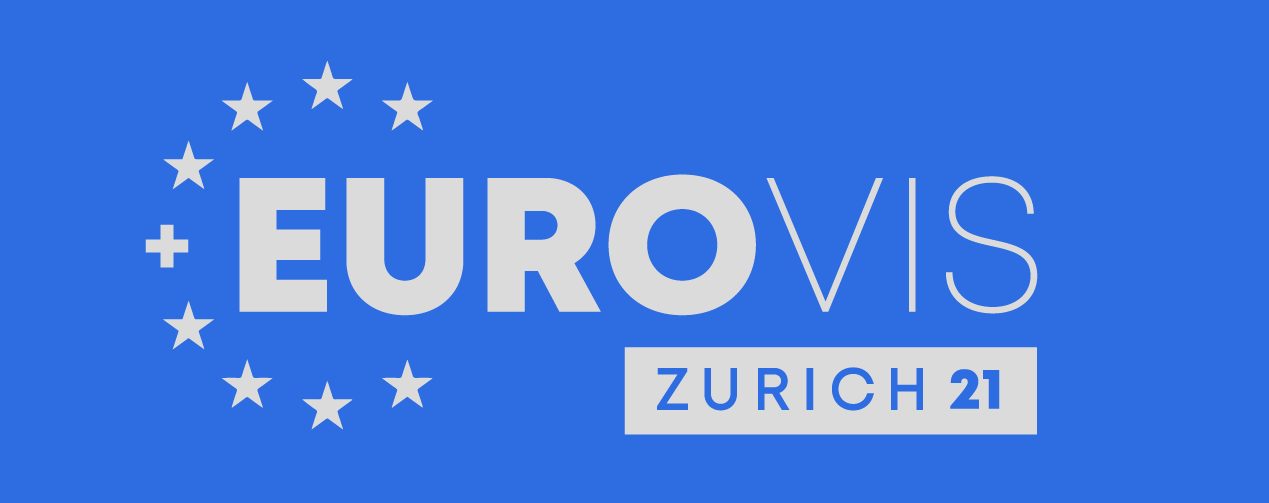EVL alumni Khairi Reda and Mike Papka win Best Paper award at EuroVis’21
June 14th, 2021 - June 18th, 2021
Categories: Applications, Visualization

About
EVL alumnni Khairi Reda’s and Mike Papka’s paper entitled “Color Nameability Predicts Inference Accuracy in Spatial Visualizations“ will be awarded the Best Paper award at EuroVis’21. Reda will present their research Tuesday June 15th 8:00AM CST. The conference registration is free for all non-presenters see https://www.eurovis.org/index.php/for-attendees/program/ to register.
Khairi received his PhD at EVL in 2014, and Mike Papka got his MS at EVL in 1994.
“Color Nameability Predicts Inference Accuracy in Spatial Visualizations”
Authors: Reda, K., Salvi, A.A., Gray, J., Papka, M.E.
Abstract:
Color encoding is foundational to visualizing quantitative data. Guidelines for colormap design have traditionally emphasized perceptual principles, such as order and uniformity. However, colors also evoke cognitive and linguistic associations whose role in data interpretation remains underexplored. We study how two linguistic factors, name salience and name variation, affect people’s ability to draw inferences from spatial visualizations. In two experiments, we found that participants are better at interpreting visualizations when viewing colors with more salient names (e.g., prototypical ’blue’ ’yellow’, and ’red’ over ’teal’, ’beige’, and ’maroon’). The effect was robust across four visualization types, but was more pronounced in continuous (e.g., smooth geographical maps) than in similar discrete representations (e.g., choropleths). Participants’ accuracy also improved as the number of nameable colors increased, although the latter had a less robust effect. Our findings suggest that color nameability is an important design consideration for quantitative colormaps, and may even outweigh traditional perceptual metrics. In particular, we found that the linguistic associations of color are a better predictor of performance than the perceptual properties of those colors. We discuss the implications and outline research opportunities. The data and materials for this study are available at https://osf.io/asb7n.